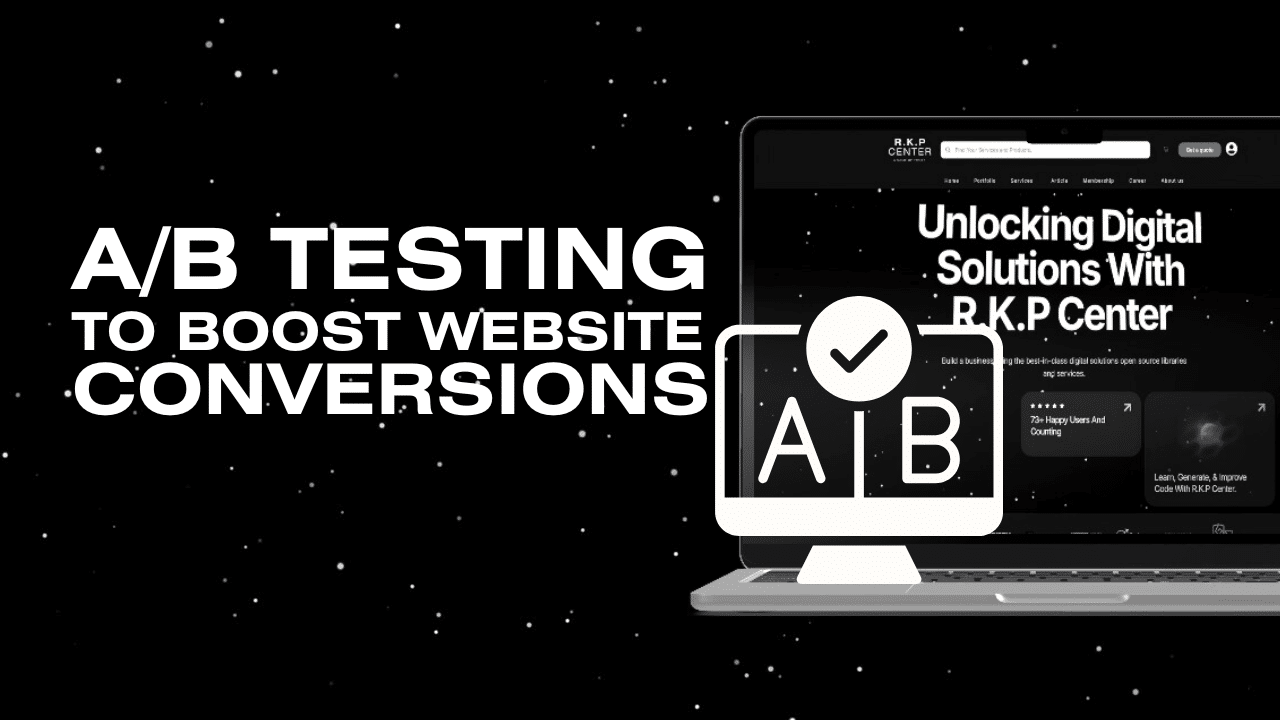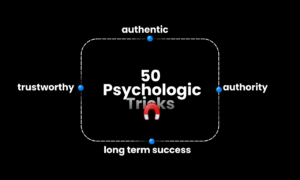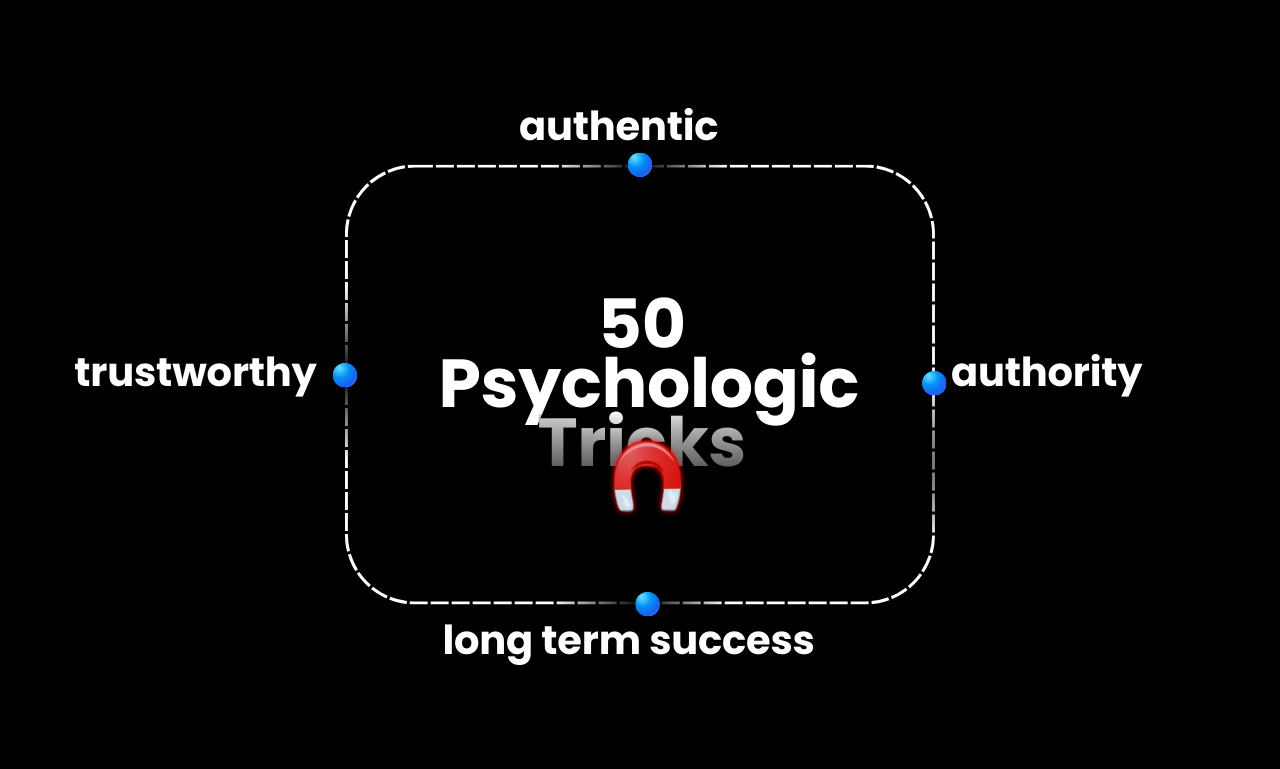In the world of digital marketing, increasing website conversions is a top priority. One of the most effective ways to achieve this is through A/B testing—a method of comparing two versions of a web page or element to determine which performs better. By leveraging data, A/B testing helps you make informed decisions that can significantly improve your website’s performance.
What Is A/B Testing?
A/B testing, also known as split testing, involves showing two different versions of a webpage (Version A and Version B) to different segments of your audience. By tracking user behavior and analyzing key metrics like click-through rates (CTR), bounce rates, and conversion rates, you can identify which version delivers better results.
Learn more about A/B Testing and its role in optimization.
Steps to Conduct A/B Testing
1. Identify the Goal
Before starting, define the objective of your A/B test. Are you looking to increase sign-ups, boost sales, or reduce bounce rates? Clear goals will guide your testing strategy.
2. Choose a Variable to Test
Focus on a single element that could impact conversions. Common variables include:
- Headlines: Does a more action-oriented headline increase engagement?
- Call-to-Action (CTA) Buttons: Do different colors or texts affect clicks?
- Images and Videos: Does using a product demo video improve conversions?
- Forms: Does a shorter form lead to more sign-ups?
3. Create Variations
Develop an alternative version (Version B) of the webpage or element. Ensure both versions are live and running simultaneously for accurate comparison.
4. Split Your Audience
Divide your website visitors randomly into two groups:
- Group A sees the original version.
- Group B sees the variation.
5. Track and Analyze Results
Analytics tools like Google Optimize, Optimizely, or VWO can be used to monitor key metrics. The version with better performance will reveal the most effective design or content.
Explore more about Conversion Rate Optimization (CRO) and how it impacts your business.
Benefits of A/B Testing
✅ Data-Driven Decisions
No more guesswork—A/B testing provides concrete data to back your design and content choices.
✅ Improved User Experience (UX)
Testing different variations helps you understand what resonates with your audience, leading to a more user-friendly website.
✅ Increased Conversion Rates
Even small tweaks to headlines, CTAs, or images can significantly improve conversions.
Best Practices for A/B Testing
- Test One Variable at a Time: Isolate the impact of each change.
- Run Tests Long Enough: Ensure a sufficient sample size for accurate results.
- Focus on Key Metrics: Prioritize conversions, engagement, or other relevant KPIs.
- Iterate and Optimize: Continuous testing leads to long-term improvements.
Ready to Boost Your Website Conversions?
A/B testing is a powerful tool for optimizing your website’s performance. If you need expert guidance on designing, executing, and analyzing A/B tests, R.K.P Center can help you maximize your conversion potential.
Let data drive your success! 🚀












